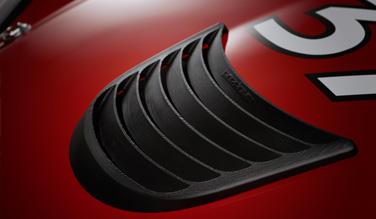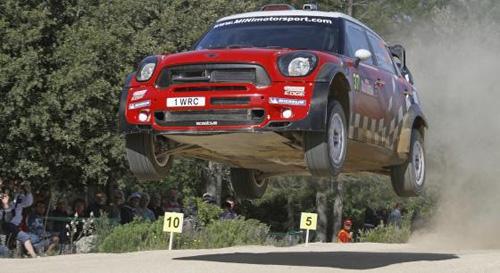Prodrive Shifts 3D Printing Into High Gear
April 27, 2012

There's been talk lately about how new, low-cost 3D printers are fueling a consumer-driven wave of do-it-yourself innovation and personal manufacturing.
Yet despite all the focus on the accessibility of low-end 3D printer offerings, there's been some fairly significant advances in higher-end technology that are helping to transform how companies not only prototype products, but also produce commercial parts.
Prodrive, a leading motorsport company and the primary engine behind the design and engineering of the MINI John Cooper Works World Rally Car, is one of the companies leveraging 3D printing advances to bring efficiencies to its development processes and optimize its car designs. Prodrive Chief Design Engineer Paul Doe is slated to share details on the company's three-phased 3D printing implementation at the RAPID 2012 Conference and Exposition next month, but he recently gave us a sneak peek into his presentation.

Prodrive has been using additive manufacturing or 3D printing technology for years, but primarily in a traditional way. For example, once a part design was frozen, engineers on the Rally car team would employ 3D printers to create a surrogate part to perform installation checks and to make some minor assessments. This was in lieu of the traditional design approach where engineers would take foam and wood and cobble together a prototype to evaluate the part design before moving on to the production stage.
With the MINI John Cooper Works World Rally Car (WRC) project, which was the first car from Prodrive in years to command a fresh-from-the-ground-up design, the team decided to experiment with a number of new design approaches. The first was designing the whole car as a digital model using PTC's Windchill PLM platform and CATIA, a CAD tool from Dassault Systemes.
"This was to be the first car that was designed as a unitary CAD layout and the first car to be designed in a single package," Doe told us. "In the past, people did their piece of the design in different packages and nothing was put together. Thanks to the introduction of better PLM technology, we could create a single virtual car model."
About the Author(s)
You May Also Like



